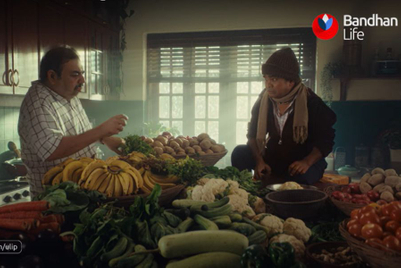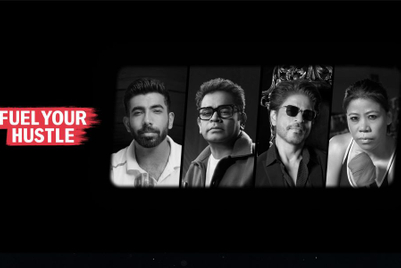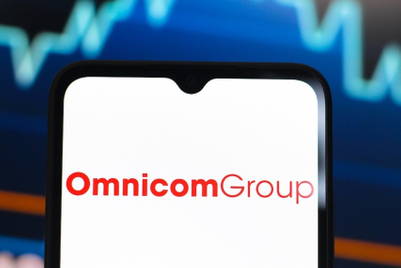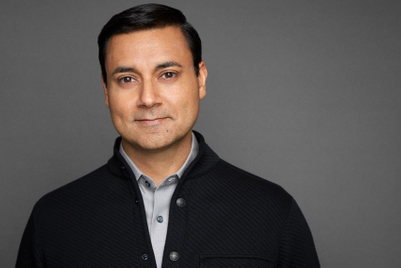Star Health Insurance has launched a new campaign that puts the spotlight on the everyday struggles of families without health insurance and contrasts it with the reassurance and dignity that comes with being insured.
The campaign film employs a split-screen technique to narrate two parallel realities of the same family during a hospital visit. On the left side, the uninsured family faces a series of challenges that many can relate to: long waits for medical attention, cramped and shared spaces, delayed consultations, and the stress of arranging funds at the billing counter. On the right side, the insured version of the family moves through the same situation with ease, benefitting from priority care, privacy, a private room and a seamless financial process.
At the heart of the campaign is the metaphor of a thin line running down the screen, visually separating the two worlds. The creative execution emphasises how a simple decision like buying health insurance can make a significant difference when it matters most.
Actor Dibyendu Bhattacharya, who plays the lead in the film, delivers a subtle yet effective performance capturing the emotional strain of the uninsured experience. The narrative draws on ordinary hospital interactions to build authenticity, making the message resonate with viewers. The focus is on the broader idea of being prepared, which aligns with its closing line ‘Health insurance abhi lena smart hai’ (It is now smart to take health insurance).
Campaign’s take: In its latest campaign, Star Health splits reality—literally. Using a split-screen device, it places Dibyendu Bhattacharya in two parallel hospital journeys: one harried and uninsured, the other serene and policy-protected. The visual metaphor is obvious but effective, driving home the point that health insurance can mean the difference between chaos and calm when things go south.
The film makes a clear pitch: the cost of not being insured is more than just monetary—it's time, dignity, and stress. With queues, confusion, and cash crunches on one side, and seamless, cashless care on the other, the contrast is meant to provoke thought without being preachy.
But while the storytelling is grounded and relatable, the campaign veers into trope territory. The uninsured Dibyendu navigates a stereotypically overburdened government setup, while his insured counterpart glides through an idealised private room. It's a smart juxtaposition, yes—but also a slightly dated one. In an India now fluent in UPI and digital health records, the cash-versus-card trope feels a bit analogue.
Still, the campaign reflects a broader shift in insurance marketing—from transactional reassurance to emotional relatability. Whether the audience buys the policy—or the premise—is the real test. Either way, the message is clear: choose your queue wisely.


.jpg&h=334&w=500&q=100&v=20250320&c=1)



.jpg&h=334&w=500&q=100&v=20250320&c=1)





.jpg&h=268&w=401&q=100&v=20250320&c=1)

.jpg&h=268&w=401&q=100&v=20250320&c=1)
.jpg&h=268&w=401&q=100&v=20250320&c=1)



.jpg&h=268&w=401&q=100&v=20250320&c=1)
